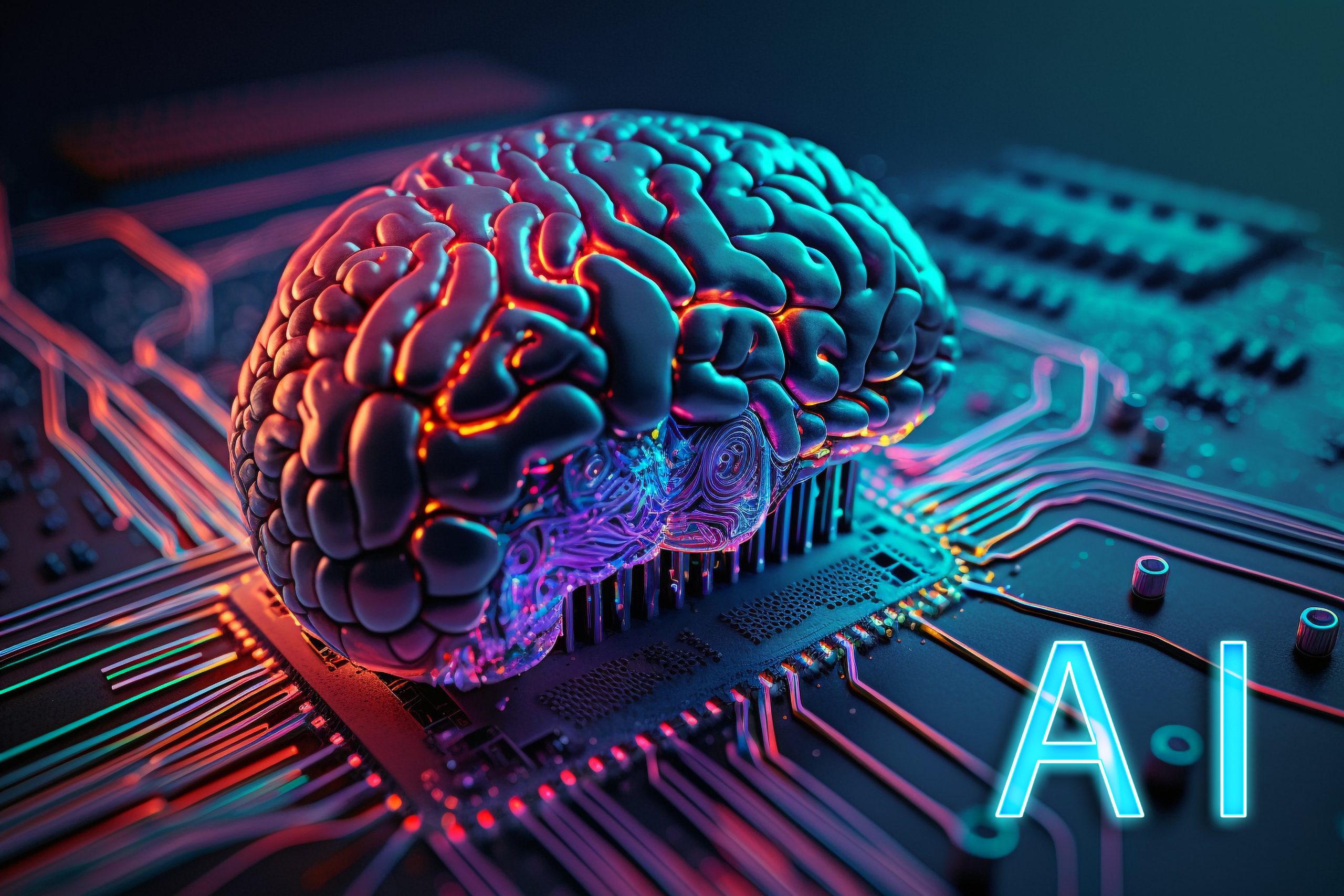Aytyapi Insights
Exploring the latest trends and updates in technology and lifestyle.
When AI Takes the Wheel: Who's Really Driving?
Discover the truth behind AI in driving—who’s in control and what it means for the future of transportation!
The Future of Autonomous Vehicles: Who is in Control?
The rapid evolution of autonomous vehicles has sparked a significant debate about control and decision-making in an increasingly automated world. As we witness advancements in technology, the question arises: who ultimately holds the reins? While manufacturers design the software and algorithms that power self-driving cars, it is essential to consider the roles of government regulations, insurance companies, and consumer preferences. Each of these players exerts influence over how autonomous vehicles operate, raising important ethical considerations about responsibility in the event of accidents or malfunctions.
The future landscape of autonomous vehicles is likely to involve a collaborative approach to control. Some experts propose a model where human oversight balances automated decision-making, ensuring that ethical considerations are taken into account. Additionally, public trust will be a crucial factor in the widespread adoption of these technologies. As stakeholders—manufacturers, policymakers, and the public—discuss the implications of autonomous vehicles, striking a balance between innovation and safety will be paramount in shaping the road ahead.

AI and Human Collaboration: Redefining the Driver's Role
As AI technology continues to advance, the traditional role of the driver is profoundly transforming. No longer is the driver just a passive participant in the driving experience; instead, they are becoming an integral part of a sophisticated system that blends human intuition and decision-making with the precision of artificial intelligence. This collaboration not only enhances safety but also improves overall driving efficiency. For instance, the implementation of AI-powered assistance systems enables drivers to better anticipate traffic patterns, navigate with greater ease, and respond effectively to potential hazards.
Moreover, as AI takes on more routine driving tasks, such as maintaining speed and lane position, drivers are encouraged to take on a more strategic role. They are now expected to oversee the vehicle's performance, make informed decisions based on real-time data, and even engage in problem-solving scenarios that AI may not fully address. This shift underscores the importance of human collaboration with technology, where drivers can leverage their unique capabilities to complement AI’s analytical strengths. Together, they are redefining what it means to be a driver in the age of automation.
Ethical Dilemmas in Self-Driving Technology: Who's Responsible?
The rise of self-driving technology brings with it a host of ethical dilemmas that challenge our traditional understanding of responsibility. When an autonomous vehicle is involved in an accident, questions arise about who is liable. Is it the manufacturer, the software developer, or the vehicle owner? As self-driving cars rely heavily on complex algorithms and vast amounts of data, the accountability might shift from human drivers to technology creators. Moreover, these dilemmas become even more pronounced in emergency situations where a vehicle must make split-second decisions that impact human lives. As we navigate this uncharted territory, society must grapple with the implications of responsibility in the age of automation.
Another significant aspect of the ethical dilemmas surrounding self-driving technology involves the moral implications of decision-making algorithms. For instance, if a self-driving car must choose between two harmful outcomes in an unavoidable accident, how should it decide? Should it prioritize the safety of the passengers over pedestrians, or is there a more equitable approach? These questions mirror classic moral dilemmas, such as the 'trolley problem,' and highlight the inadequacy of using conventional ethics in algorithm-driven scenarios. As society increasingly depends on self-driving technology, we must establish guidelines and frameworks that not only address responsibility but also ensure that ethical considerations are integrated into the design and deployment of these systems.